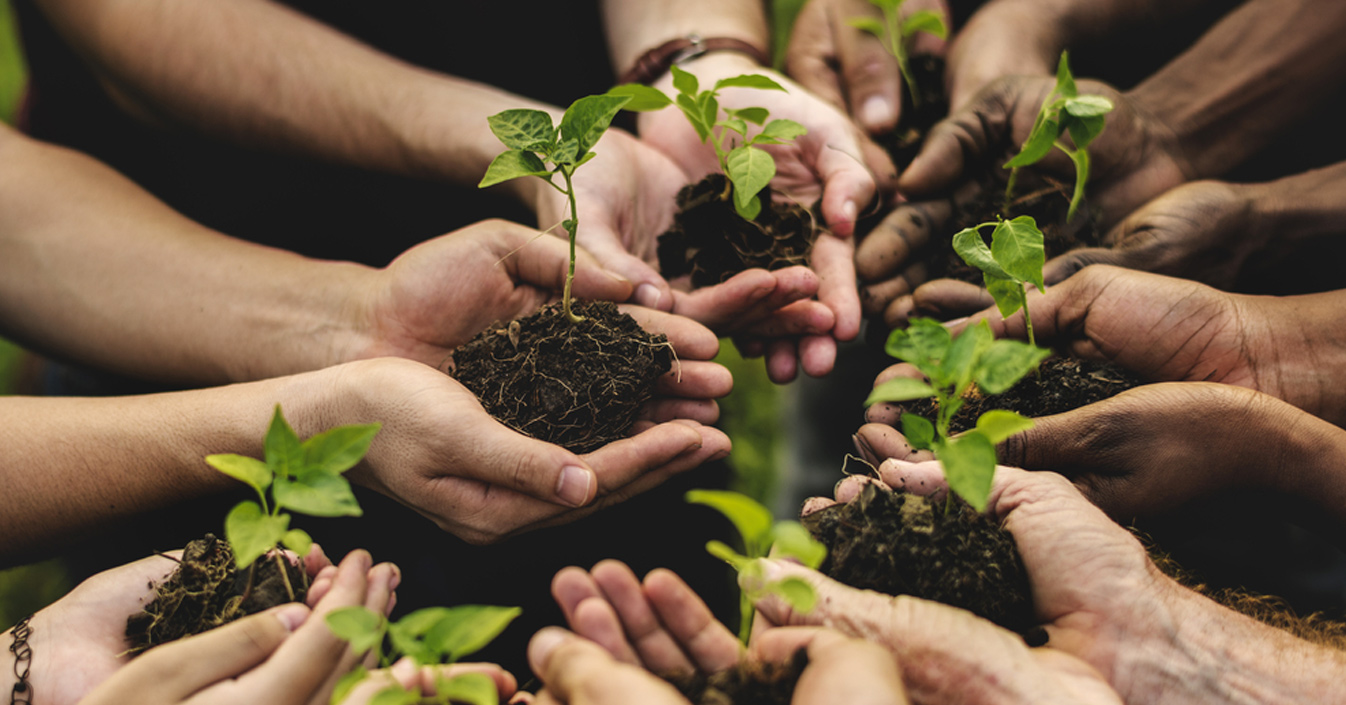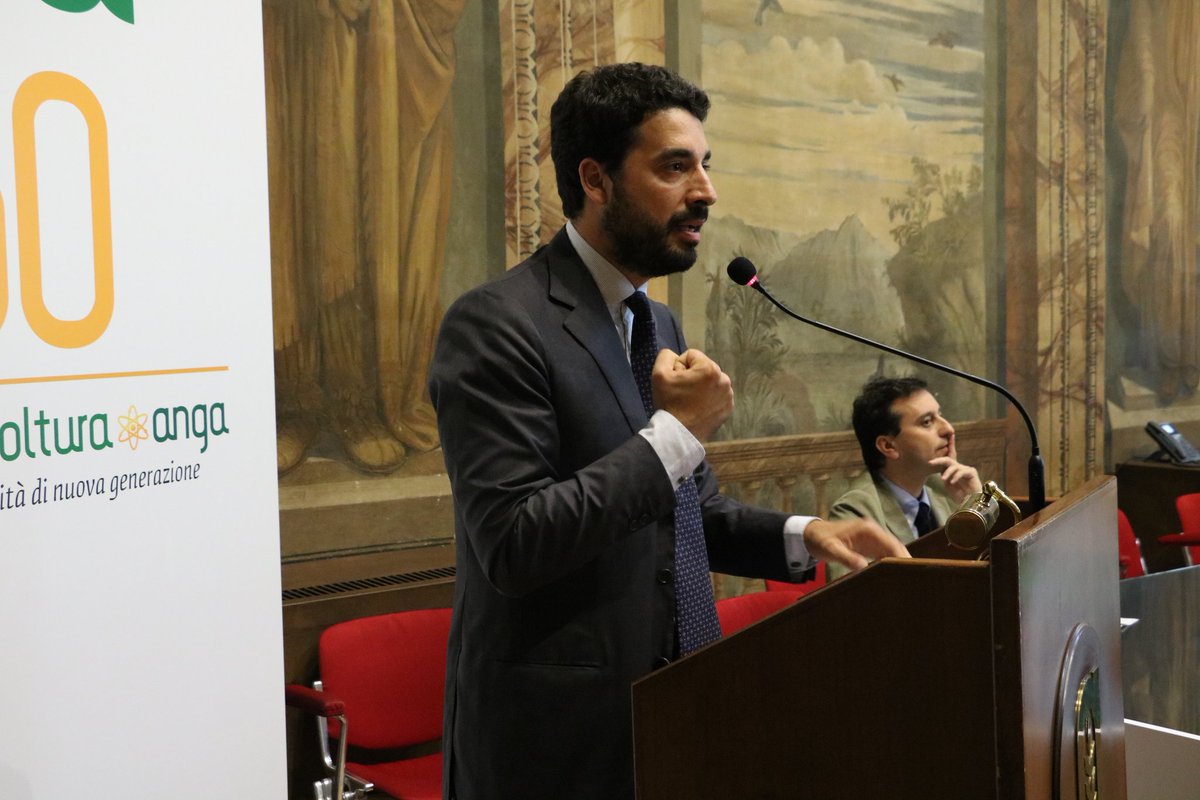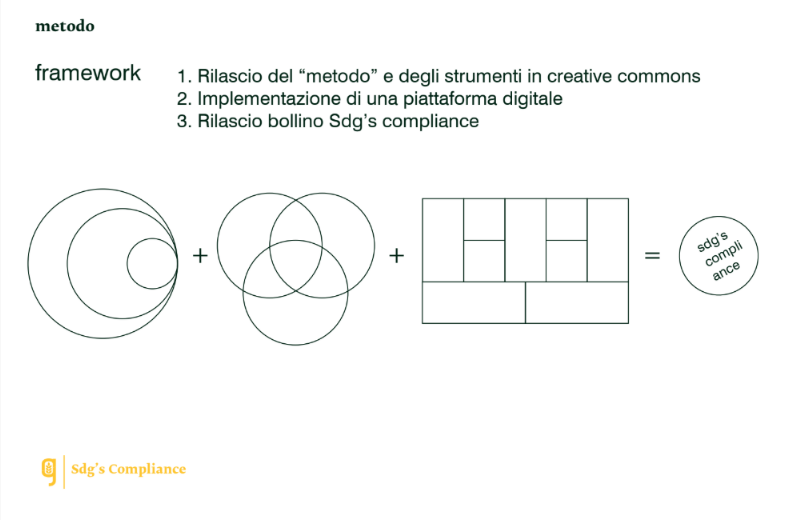The Italian Association of Young Farmers (ANGA, Giovani di Confagricoltura) and a part of Confagricoltura, the oldest and most important farmers association in Italy, has sent an article to Impakter describing the remarkable progress they are making in achieving the Sustainable Development Goals (SDGs) adopted by the United Nations in 2015. We are happy to reproduce it (translated and adapted from Italian) and we are excited by their proposal to monitor online progress made by the agrifood sector towards the SDGs. We find the proposal both innovative and an excellent way to exercise peer pressure on participating firms to accelerate their adoption of sustainable business practices – a model that deserves to be followed, copied and adapted in other sectors of the economy.
ANGA’s commitment to sustainable development
Three years after the launch of the SDGs, agrifood firms and the United Nations member states face the need to measure the compliance of their activities with the SDGs, a necessity that – as of today – has not yet been wholly satisfied by any organization, though many are pursuing it.
On the occasion of the Conference for 60 years of ANGA, held 7-8 June 2018, ANGA will present a model that works in a capillary manner on the main targets of some of the SDGs and that will facilitate agrifood firms’ approach to measuring their own compliance with both SDG objectives and related targets. For firms that decide to adopt and develop it, this model will provide a crucial tool to achieve overall sustainability.
ANGA is the first to launch a model that measures compliance of agrifood companies and related sectors, not only facilitating SDG knowledge within the sector, but also changing gradually the paradigm of sustainability.
The firms that will adopt this model of measurement will find that to become more sustainable, they will no longer be shackled by impossible-to-reach goals; they will not have to go through painful adoption of necessary sustainability practices. Instead, they will welcome them and develop them proactively. In fact, they will recognize how convenient the SDG model is in terms of saving both economic resources and time.
In the photo: Anga President – Raffaele Maiorano Presenting the SDGs Business Model Canvas – Photo Credits: Anga
ANGA’s SDG Agrifood Canvas Model
The SDG Agrifood Canvas Model takes the targets of some SDGs into consideration and measures them, working on some indicators, adherence and relevance to the themes central to the agrifood sector, in a manner that is both immediate and extremely simple. The model takes into account the areas where agrifood industries are invested, where interventions are needed and how these interventions will be structured over the years.
This is a real tool available to firms operating in the agrifood sector, enabling them to measure their degree of compliance with the SDGs and identify what still needs to be implemented. In fact, thanks to the SDGs Agrifood Canvas Model, they can measure the actions put in place in the sustainability sector and plan those to come.
Preparatory work started out with the identification of the targets and key goals for the agribusiness sector: not all SDGs are in fact pertinent to agrifood while some are instead absolutely fundamental. This is why the first job was to classify the SDGs according to a priority scale, subdividing them into “key”, “complementary” and “horizontal”, based on how important they are for those working in the sector. To this was added a second classification considering whom the SDGs are intended to reach: It was decided to subdivide them further into “human”, “earth” and “society”.
Thanks to this model and its various intersections, we can find out whether, in fact, satisfying the needs of sustainability can have real added value not only for the firm, to be included therefore among the “complementary” priorities of agribusiness, but also for human society as a whole and the state of health of the planet. These subdivisions provide thus a unique meeting point for all the forces that are present, from the founding values of every firm that deals with agriculture to issues related to the environmental impact of their activities and the exploitation of the territory (“terroir”) where they are grounded and operate.
How the Model Works
The model, presented at the ANGA Conference on 6-7 June, will have a dedicated platform that will allow participating firms to fill out the SDG Agrifood Canval Model directly online: in just a few clicks, they can enter the data they already know, specifying in what way and also providing any supporting links, with a simple drag & drop system. They will be able to just drag the target to be reached in the desired area, fill it out and the model will automatically save.
The system will provide a percentage of completion of the Agrifood SDGs and a precise record for each completed task, including dates, requirements fulfilled, a brief explanatory note and the possibility of inserting links and supporting multimedia material. Moreover, this model will be downloadable in an open format and made available for analysis through a special online platform, which will gather all the firms that compile this model in open data format or through a file that can be consulted in pdf. In this way firms will also have the possibility to see what are the available and proven best practices and what steps have been taken by other firms in the same sector to adapt to the agri-food SDGs.
Once the platform is operational, a certificate of compliance will be issued to participating firms.
More information coming soon. Please contact impakter at info[at] impakter.com – Title SDGs Business Model Canvas
FEATURED IMAGE CREDIT: Anga Confagricoltura image for social agriculture.










